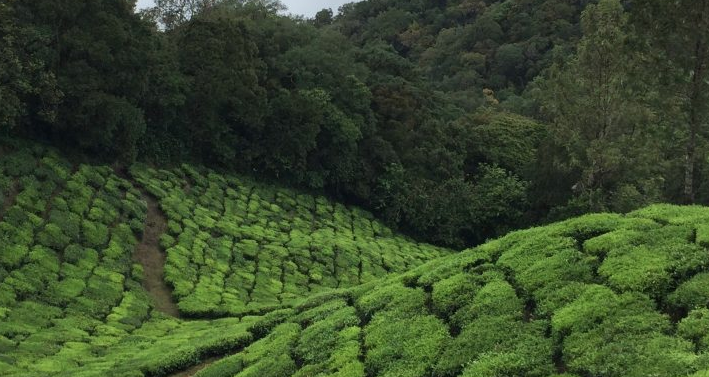To Reduce Post-Harvest Loss, Start With a Sustaining End in Mind
What does success look like? For farmers, a successful season should look like a bountiful harvest translated into a bountiful profit.

To Reduce Post-harvest Loss, Start with a Sustaining End in Mind
What does success look like? For farmers, a successful season should look like a bountiful harvest translated into a bountiful profit.
Visiting with a rice farmer in Bihar state in India at the end of harvest, it was easy to see that it had been a good year for rice. Awaiting threshing, bundles of rice were organized into stacks twice as tall as the farmer with the length and width of a small building. The farmer was pleased that yields had been good. However, the farmer knew that success had yet to be achieved.
Threshing would be done by hand; with men and women beating the bundles on the ground to separate the rice from the straw. Over the several weeks needed to thresh the crop, losses due to rodents and weather-induced deterioration would be large. Using the practices and technologies available, probably a quarter of what had been produced would be lost. Much of the success of growing an abundant crop would not result in income for the farmer or food supplies for the farmer’s family or consumers. Post-harvest loss (PHL) is a thief.
The Paradox of Post-Harvest Loss Reduction
Managing PHL is a challenge endemic to agriculture. Farmers invest significant time and resources to producing an attractive field of grain or an orchard of trees brimming with fruit. But to become available to consumers that produce must be harvested, stored, and transported in systems that may operate over many months and miles.

